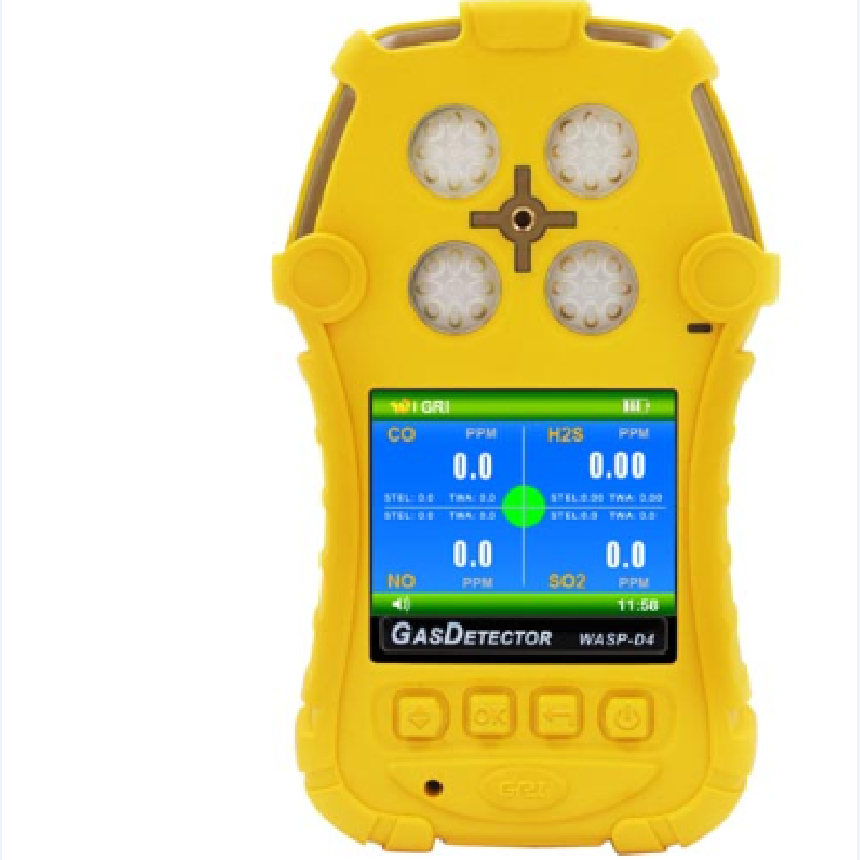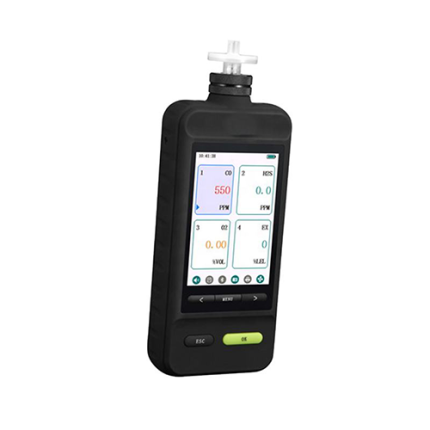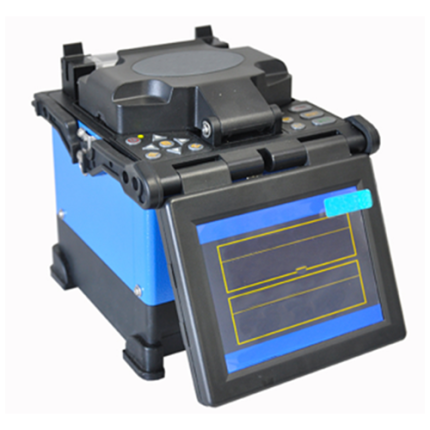Description
Overview
GAOTek ‘Four Gas Detector with High Accuracy (Dust-Proof, Data Store)’ is a portable multi-gas detector. It continuously monitors four types of gases: 02, LEL (combustible gas), CO, H2S. It also provides four kinds of sensor type customization. Users can match any of the four according to their needs to select the sensor. Each gas concentration degree will be displayed on the TFT color liquid crystal. The instrument provides a user-settable low concentration of self/high alarm and STEL/TWA alarms. The instrument uses a new generation of imported toxic gas sensors, PID photo-ionization sensors, catalytic combustion of combustible gas sensor and independent research and development of infrared gas sensors. It is safe and reliable providing security for the staff from poisonous gases in dangerous environment.
Key Features
- Small size, light weight and easy to carry
- High accuracy, short response time, wide measurement range
- Large screen color LCD graphic display
- USEI rechargeable lithium battery with long life for fast and easy charging
- Built-in large capacity memory stores large amounts of measurement data
- Powerful sound and light alarm with vibration alarm variety of alarm mode
- Water proof, dust proof, explosion proof and rugged enclosure drop resistance protection
- Supports USB and the upper machine communications
- Ppm and mg/m3 unit switch
- Warning lights flashing makes it convenient to work in the dark
- Password to restrict and protect the configuration menu changes
Technical Specifications
| Product type | Portable multi-gas detector |
| Sensor type | Toxic electrochemical, catalytic combustion of combustible gas, PID photo-ionization, ad hoc research and development of infrared gas sensor |
| Battery | Built-in rechargeable lithium battery (3.7 V, 3000 mA) |
| Operating hours | Fully charged for longer than 20 hours |
| Charging time | Less than 4 hours |
| Display | TFT colorful screen |
| Alarm | Audible alarm, a red LED light alarm, vibration alarm |
| Keyboard | 4 keys |
| Sampling way | Diffused type |
| History record | 30-second intervals can store more than one month record |
| Alarm record | 200 alarm recording, loop record |
| Calibrate | 2-point calibration, you can set the nominal concentration |
| Operating Temperature | -4 °F -131 °F (-20 °C – 55 °C) |
| Working Humidity | 0-95 % RH (non-condensing) |
| Size | 5.11in x 3.14 in x 1.65 in (130 mm x 80 mm x 42 mm) |
| Weight | 0.66 lbs (300 g) |
| Warranty | 1 year |



